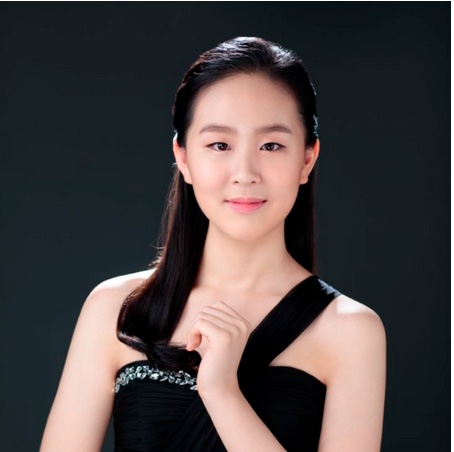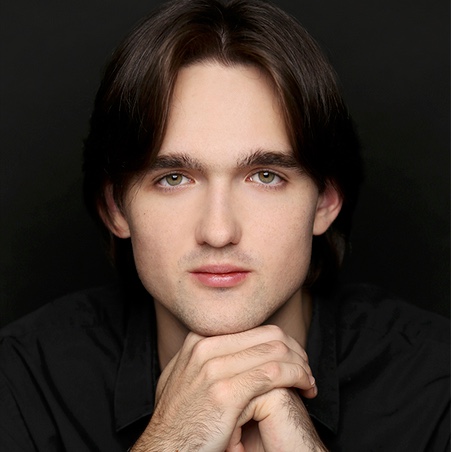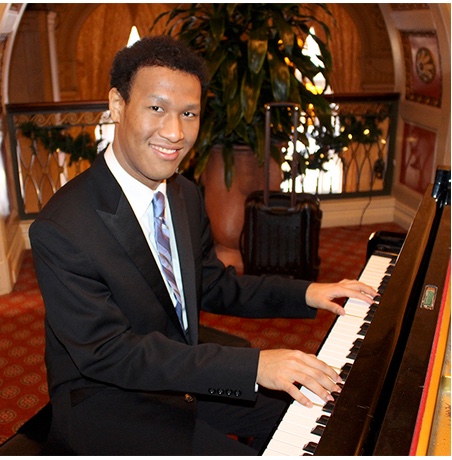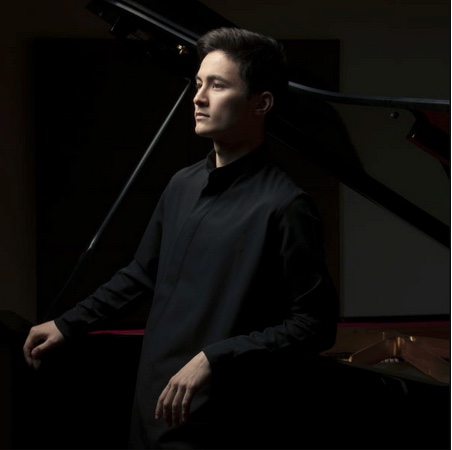by Mike Telin
It was a battle of the early twenty-somethings last evening and judging from this impressive group the future of the piano is in good hands.

During Liszt’s Étude de concert, S. 144, No. 2 (“La leggierezza”) Ye played with an expansive sound, The cascading, Lisztian scale passages were tasteful and full of charm, like a music box. The concluding major chords — perfectly balanced. Ye concluded her set with a thoughtful performance of Chopin’s Etude in a, Op. 25, No. 11 (“Winter Wind”). Here the thorny technical passages and balances between the left and right hands were well controlled.

The pianist was full of fire and fury during Chopin’s Etude in b, Op. 25, No. 10. The long legato second theme led to a magical transition back to the first.

The pianist was clearly in command of Guido Agosit’s transcription of Stravinsky’s L’Oiseau de feu. The story’s characters came to life during the Infernal Dance. Producing a full sound that never became bangy, Stephenson was attentive to the score’s sudden changes in tempo and color. The transition into the Berceuse was exquisite, while the well-paced Finale brought the performance to a grand conclusion.

In the Etude in C, Op. 10, No. 1, Munn shone as he traversed the keyboard with Chopin’s right-hand filigree, never obscuring the grand, melodic bass line.
The final work of the set and the session was the Rondo à la mazurka in F, Op. 5. The young pianist’s take on the Polish dance in triple time was highlighted by well-paced melodic lines, quick shifts in moods and changes of color, and an expansive sound palette — brilliant.
Published on ClevelandClassical.com July 16, 2021.
Click here for a printable copy of this article


